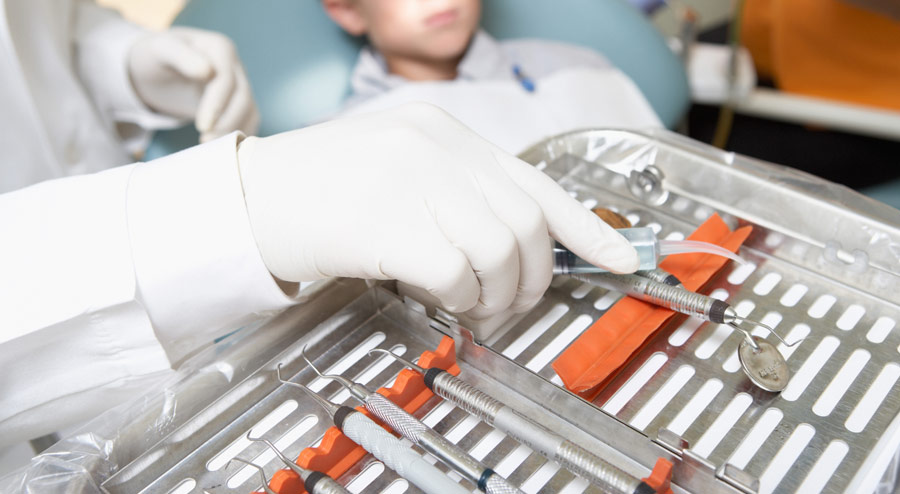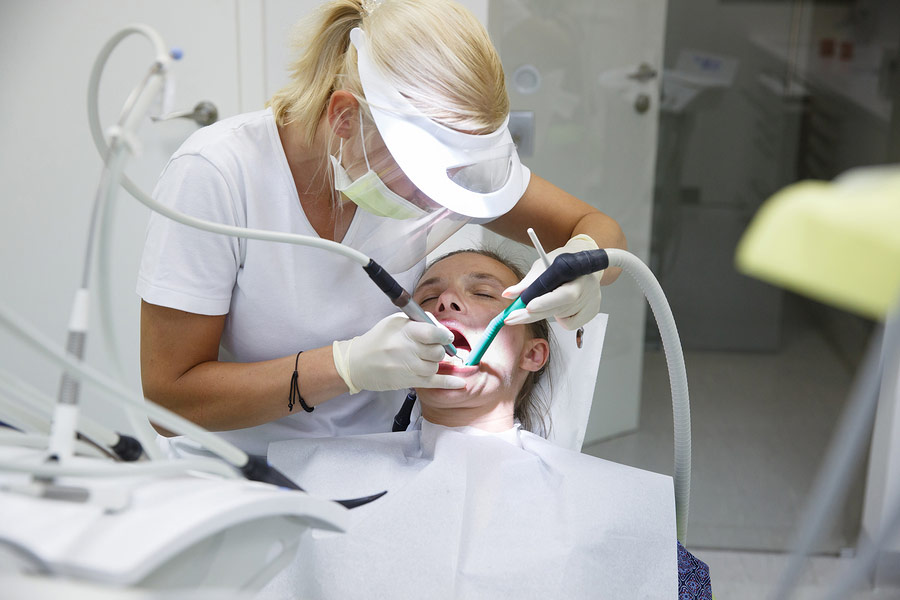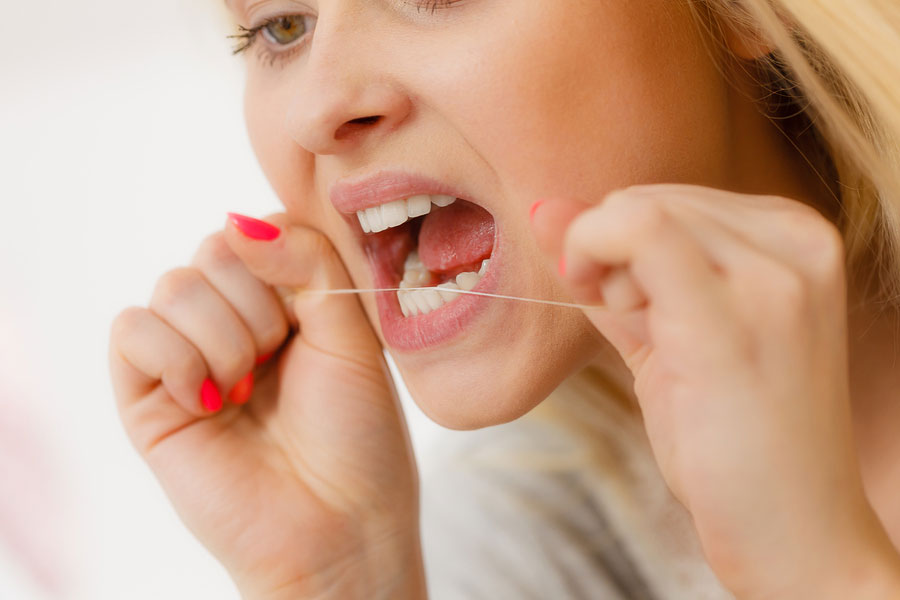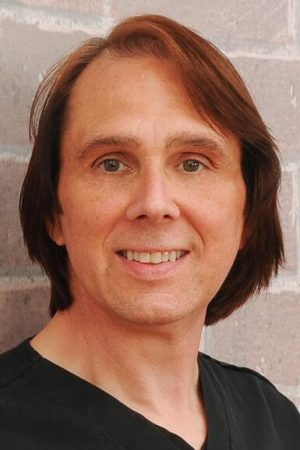Dental Cleaning Tools: An Overview and FAQs
 Going to the dentist is something that we all should be doing on a regular basis. Though these preventative visits have major benefits and can be a huge impact on our health, it can be a bit scary for some. Both children and adults can have some level of fear or uncertainty about these visits, even if they have been before and may be suffering from periodontal disease or gum disease. To ease this anxiety, it can help to know exactly what to expect with these teeth cleaning instruments before you go.
Going to the dentist is something that we all should be doing on a regular basis. Though these preventative visits have major benefits and can be a huge impact on our health, it can be a bit scary for some. Both children and adults can have some level of fear or uncertainty about these visits, even if they have been before and may be suffering from periodontal disease or gum disease. To ease this anxiety, it can help to know exactly what to expect with these teeth cleaning instruments before you go.
When you visit for your basic check-up, the majority of the work in your mouth will actually be performed by a dental hygienist. This is someone who does not have the advanced degree of the dentist but who is board certified to clean and polish your teeth as well as give advice on proper daily care. The hygienist will use the following tools in this order:
 1. Hand Mirror – To see into all the nooks and crannies of your mouth while they are working, the hygienist will use a hand mirror. This is simply a small mirror that is angled on the end of a long handle.
1. Hand Mirror – To see into all the nooks and crannies of your mouth while they are working, the hygienist will use a hand mirror. This is simply a small mirror that is angled on the end of a long handle.
2. Scaler & Curette – This is the most daunting looking tool that will be used on your teeth. Both are hook-shaped and are used to scrape hardened tartar and plaque off of your teeth. The scaler has a pointed end and is used over most exposed surfaces while the curette is meant to get below the gumline without causing trauma to the gums.

4. Polisher – This small power tool-like device is similar in motion to an electric toothbrush with a circular head. The hygienist will use it to apply a gritty paste and gently polish the surface of your teeth. This removes a bit of surface staining and polishes the enamel so it is smooth.
5. Water Spray – A low pressure sprayer is used to rinse your teeth after the hygienist has scraped away any buildup as well as after polishing to remove excess paste. Usually, the teeth will simply be sprayed all over but sometimes a small amount of water will be squirted into your mouth for you to swish with. Instead of spitting, the suction tool is used to remove this water.

7. Dental Sickle – The dentist will examine your mouth after the hygienist has cleaned it. They will mostly make use of the dental sickle which is similar to the scaler and curette tool. With the sickle the dentist can test suspected weak spots and check for cavities. They may press and scrape at certain areas with this probe during the testing. If they find any areas with buildup that the hygienist missed then they may also use the scaler and curette during their examination.
You can expect all of these tools to be used during a regular examination. Visits may also include other procedures that are necessary on a periodic basis such as x-rays and fluoride treatments which come with their own sets of specialized accouterments. These are very simple and not scary at all though.
The main device that gives patients anxiety is the dental drill. This is only used when fixing a cavity and you will be numbed first so that you do not feel any pain. The sound and pressure, however, can be off-putting. The dentist will be sure to use the drill as little as possible to minimize discomfort. It is an essential part of the cavity filling process, however, as it is used to remove all decay before the filling material is placed. If decay is not removed then the tooth will continue to deteriorate underneath the filling and further damage will occur. You can learn more about the cavity filling process here.
FAQs
Q: Does any of this hurt?
A: The hygienist and dentist have had hundreds of hours of practice and no intention of hurting you during the procedure. They are well aware that many patients are anxious in their chairs and take great care to keep you comfortable. That being said, if you have poor dental hygiene, then the scraping from the scaler and curette can irritate your gums and possibly cause bleeding. The water that is used may also be cold which can be uncomfortable if you have sensitive teeth. You can always ask your hygienist to let you rinse and spit instead of spraying directly, as this allows water to warm up in your mouth.
Q: Is it uncomfortable to have of that in your mouth?
A: Dental tools are actually quite slim so even if your hygienist has a scaler, mirror, and suction all in your mouth at once it will not be overly uncomfortable.
Q: Why do I need to have these procedures done?
A: While regular brushing and flossing are essential to proper dental hygiene, it is still important to visit your dentist because they have specialized tools that go beyond keeping your teeth clean. Even a regular brusher can have hardened buildup on their teeth and polishing helps to minimize surface staining. Getting regular screenings and x-rays allow your dentist to keep track of problem areas and find things like cavities long before they become an issue. Getting a cavity filled is much easier and more pleasant than a root canal caused by lack of care.
Q: How often should I go in for check-ups?
A: It is recommended that you visit the dentist twice per year for regular cleaning and check-ups. They may perform other preventative maintenances every few visits in order to accurately track your oral health. This article explains a bit about the most common ones.
Medically Fact-Checked & Written by Our Dental Editorial Team
You can read more about our editorial guidelines by clicking this link and learn more about the Emergency Dentists USA editorial team here.


